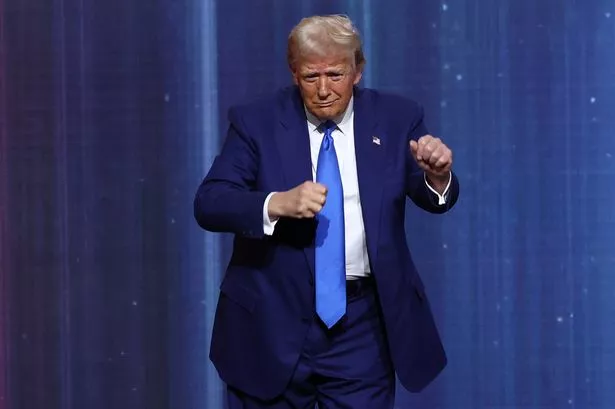What Is an Autopen? How the Device Shapes Politics and Presidential Signatures
The world of politics is filled with traditions and technology, and few devices bridge both realms like the autopen. In recent years, this device has captured the public’s attention, sparking debates about authenticity, authority, and political process. But what exactly is an autopen, and why has it become such a talking point in American political life?

Understanding the Autopen
An autopen is a mechanical device designed to duplicate a person’s signature automatically. Originally created to save time for busy officials, the autopen uses a mechanism that guides a pen to mimic an individual's handwritten signature with high precision. Although its roots date back decades, the device is still used by top leaders, including U.S. presidents, to sign letters, proclamations, and sometimes even important legislation.
How the Autopen Shapes Government Work
Many presidents, facing enormous volumes of paperwork, have relied on the autopen for routine matters. The use of the autopen in official government business was first publicly acknowledged in the 20th century, but its most significant moments have come when it was used to sign critical documents, including legislation. This practice ensures that the democratic process can move forward, even if the president is unavailable due to travel or unexpected circumstances.
Unlike a stamp or print, the autopen actually produces a real, ink-on-paper signature rather than a facsimile. This gives legal documents the necessary authenticity under current law. However, this has not been without controversy—especially in polarized political climates.
The Recent Controversies Surrounding the Autopen
In recent years, the autopen has become a focal point in political debates. When President Joe Biden authorized key executive actions with the help of the autopen, it prompted public figures and media outlets to scrutinize the practice. Former President Donald Trump, in particular, has questioned the legitimacy of documents signed with an autopen, claiming that “whoever had control of the ‘AUTOPEN’ is looking to be a bigger and bigger scandal by the moment.” You can read more about this controversy and how it unfolded in this detailed piece by WION News.
Beyond specific incidents, heated political exchanges—like those described by The Daily Beast—have thrust the device into the spotlight. Some claim the autopen undermines the personal responsibility of the president, while others argue it’s a practical solution for a demanding role.
Political and Legal Implications of Autopen Use
Legal experts and historians mostly agree that the use of an autopen is valid and long-established for routine paperwork. Still, the debate persists when it comes to high-stakes decisions, pardons, and other sensitive matters. As noted in this Irish Star article, Trump and his allies have suggested that using an autopen could nullify certain presidential actions. However, there is little evidence to support such claims according to current interpretations of U.S. law.
Political opponents sometimes invoke the autopen as a symbol, questioning the president's mental acuity or implying staffers wield too much power. In reality, the device is just another tool in a long tradition of administrative efficiency.
Closing Thoughts
The autopen represents a unique intersection of technology, tradition, and controversy in American politics. As technology continues to develop, its role will likely evolve, but the debates it inspires reflect broader questions about authenticity, authority, and the limits of political power. To learn more about the events and opinions that have put the autopen in the headlines, you can explore in-depth reporting from WION News and The Daily Beast.
Curious how innovations like the autopen will continue to shape the future of government? Stay tuned for more insights into the technology and politics that shape our world.